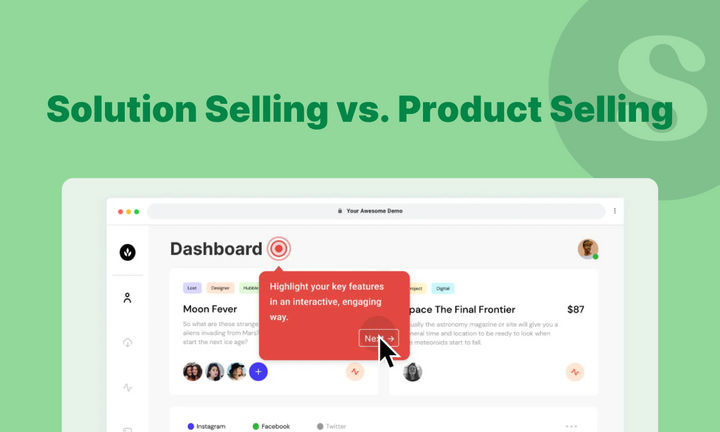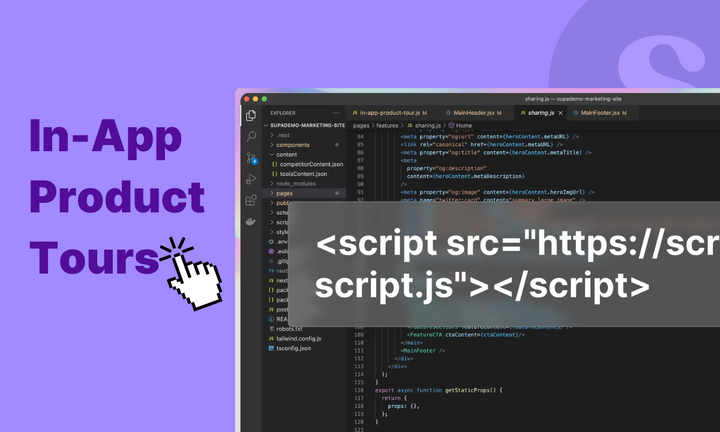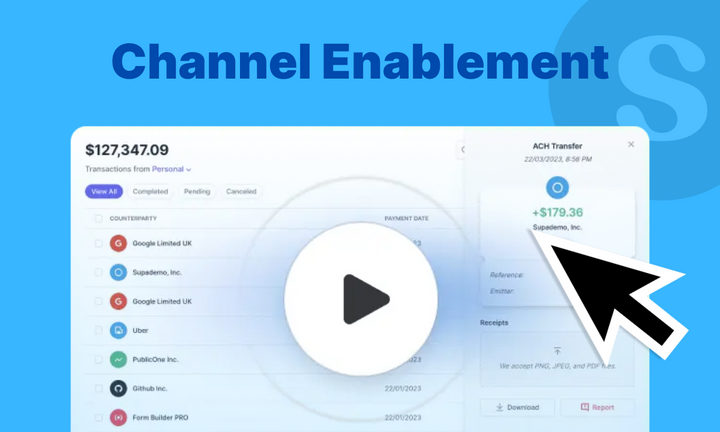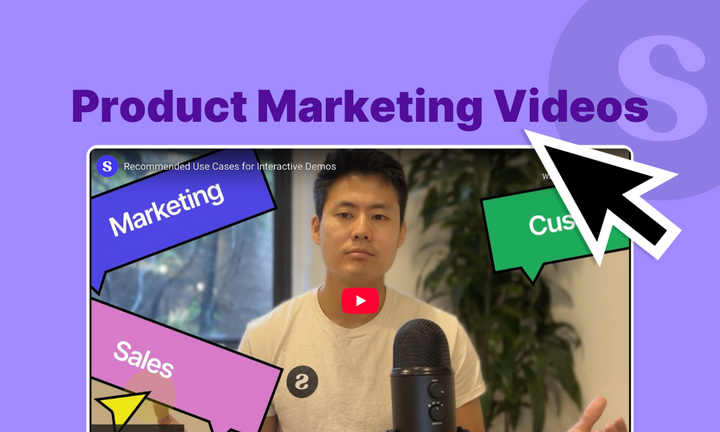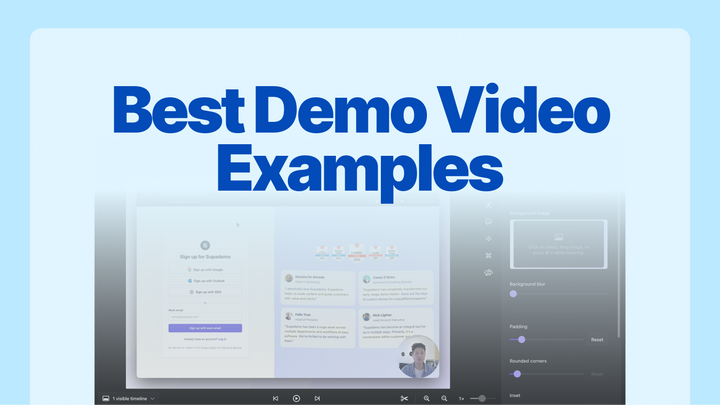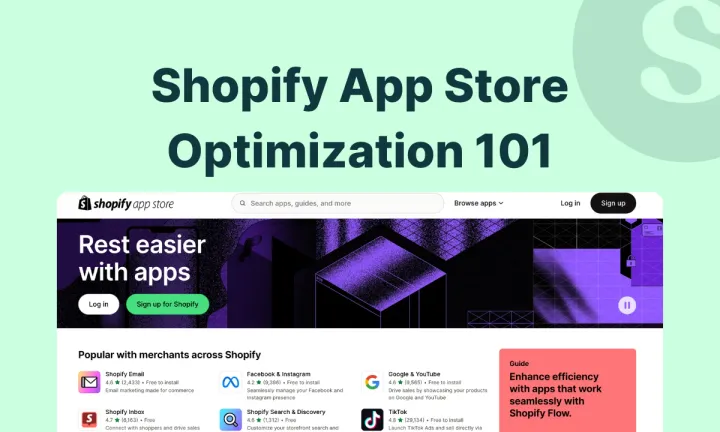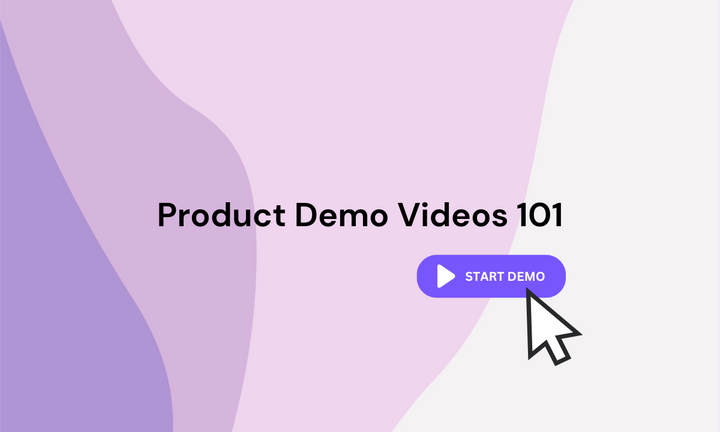Today’s buyers aren’t just looking for a product pitch. They expect more. Salesforce reports that 87% buyers expect sales reps to act as advisors, not just vendors.
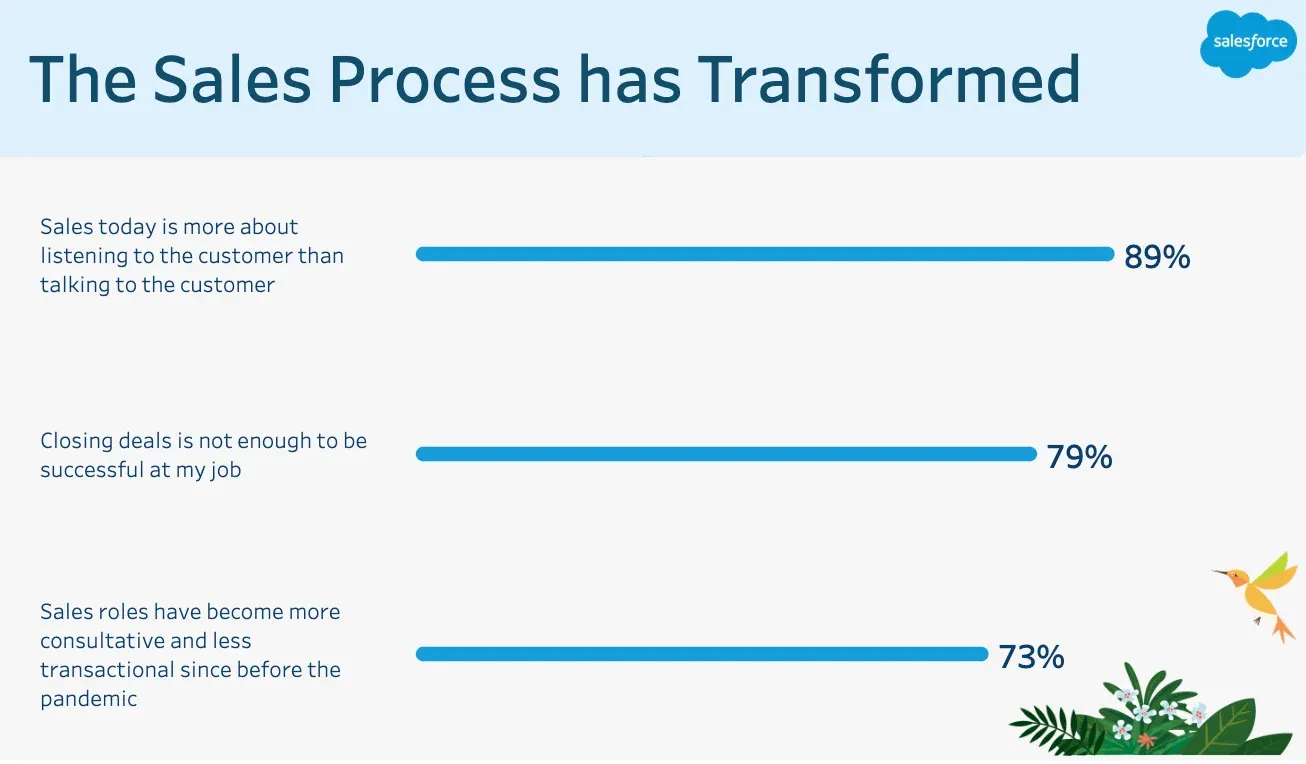
That’s where solution selling stands out.
It’s not about features. It’s about fit.
Take a CRM like HubSpot, for example. A product-selling approach may rattle off automation features. A solution seller would identify that the client struggles with lead follow-ups and show how a sales automation tool can fix that.
The second approach isn’t for everyone, but it’s crucial for customisable or high-value offerings. Think of industries where a tailored solution matters more than a feature checklist, like SaaS and consulting.
To support this, consider the nonprofit sector. Here, solution selling isn't about listing features, it’s about addressing pain points. Tools like contactless donation processing make giving easier, while AI-driven automation increases donor retention by personalizing outreach.
The main point is that the way you sell matters more than ever. Solution selling and product selling aren’t just buzzwords; they’re different mindsets that drive different outcomes.
So, if you want to stop guessing and start closing with intent, read the full breakdown we’ve put together on solution selling vs product selling, their pros and cons, and real-world applications.
What is solution selling?
According to a Gartner study, 96% of buyers say they want vendors who understand their business. You can't hit quota anymore by just pitching features. You need to connect with what actually moves the needle for your buyer.
And with the market tightening, buyers are pulling back. They’re not buying nice-to-haves. They’re buying solutions to real pain.
CFOs are asking: ‘What’s the ROI?’ If your sales team can’t tie your product to a clear business outcome, you’re out.
A LinkedIn Study says solution selling can increase deal size by up to 35%, just by anchoring value.
But wait, what is solution selling?
B2B sellers need a solution-selling sales strategy, as Gartner explains below:
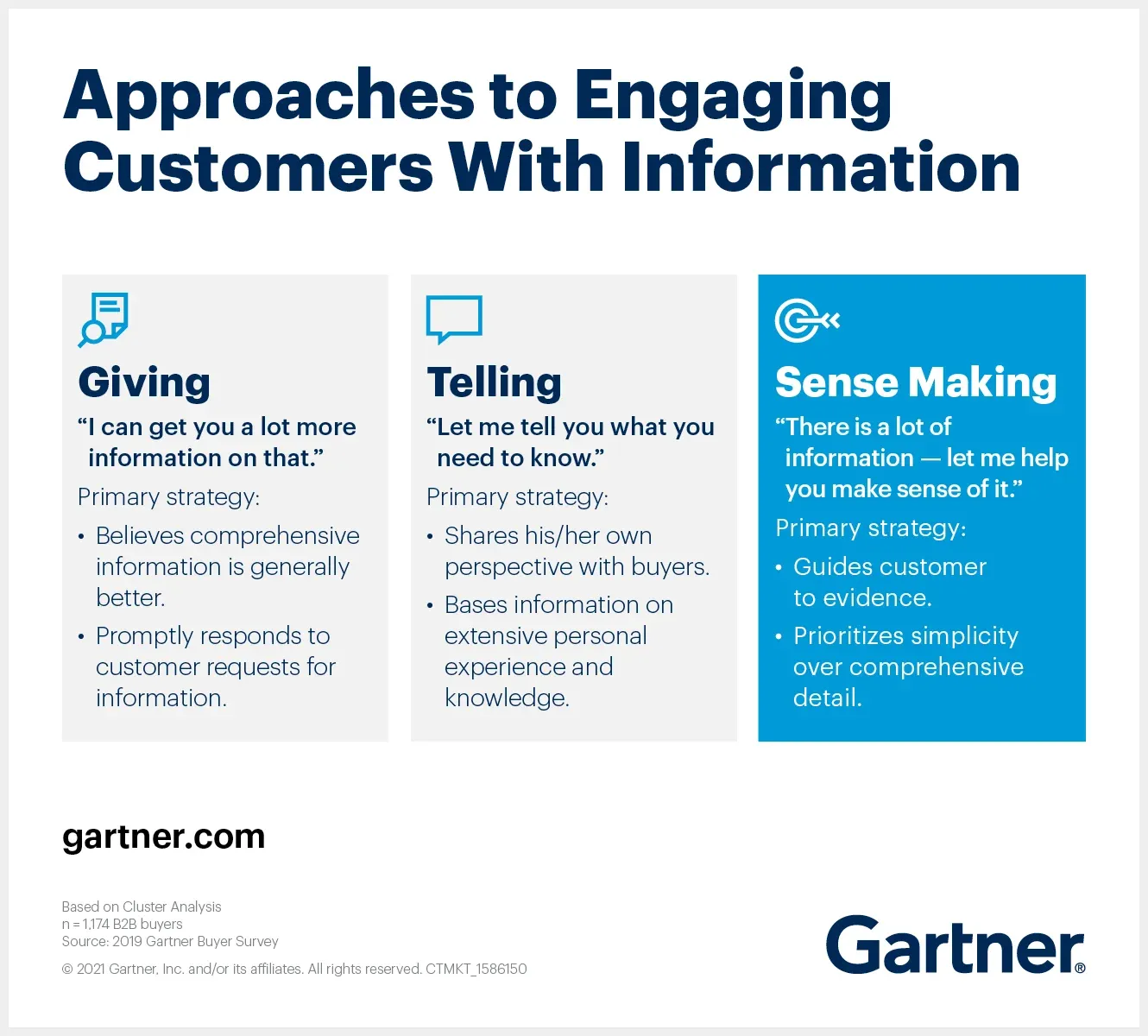
Take the example of Supademo, an interactive sales enablement tool. Supademo doesn’t just sell interactive demos. For sales teams, it’s a powerful AI SDR tool selling:
- Shorter sales cycles
- Higher product adoption
- Fewer support tickets
- Time saved for pre-sales/CS teams
Explore Supademo for creating conversion-focused demos for sales in 7 clicks:
Let’s align with the core principles of solution selling, and see where Supademo lands:
| Principle | Supademo's execution | Takeaway |
|---|---|---|
| Focus on the customer’s pain | Clear ICP: SaaS teams, especially sales, CS, support. Pain: “Explaining product over and over.” | Messaging is pain-first, not feature-first. |
| Diagnose before prescribing | Content + onboarding lets users self-diagnose. Example: "Tired of screen recordings and long docs?" | They lead with problem scenarios, not “look at our tool.” |
| Sell outcomes, not tools | They sell: faster onboarding, reduced support churn, higher engagement. | Every demo shows an outcome in <30s. That’s a conversion lever. |
| Quantify the impact | Site copy references 40% increase in activation. | Numbers = credibility. Especially when tied to real teams (e.g., “used by Beehiiv, Jotform, etc.”) |
| Map solution to buyer journey | Multiple GTM motions: embedded demos for sales, in-app demos for CS, help centre for support. | They tailor messaging by job-to-be-done, not persona. |
| Make it easy to experience | Frictionless freemium product. 2 mins to first output. Embed in Notion, Intercom, wherever. | Try-before-you-buy = proof-driven selling. |
Sean Ellis, author of Hacking Growth, argues that achieving initial user gratification (product/market fit) is the first thing that matters when selling:
I think that it is easier to evolve toward product/market fit without a business model in place (users are free to try everything without worrying about price). As soon as you have enough users saying they would be very disappointed without your product, then it is critical to quickly implement a business model. And it will be much easier to map the business model to user perceived value.
Pros of solution selling in B2B sales
- Builds renewable revenue. B2B companies using solution-first revenue operations tools and processes saw 2.5x higher retention rates, according to Dashly.
- Builds trust by focusing on the customer's unique challenges and goals.
- Encourages ongoing engagement and customer loyalty.
- Demonstrates a deep understanding of the customer's business, leading to increased perceived value.
- Positions your offering as a strategic solution rather than a commodity.
- Enables personalized experiences that drive higher customer satisfaction.
- Facilitates cross-selling and upselling through deeper client insights.
- Reduces churn by proactively addressing evolving customer needs.
- Strengthens long-term partnerships and referral opportunities.
- Aligns sales and customer success teams for seamless customer journeys.
Cons of solution selling in B2B sales
- Takes time. The discovery phase is deep. It’s not ‘Hi, here’s a demo.’ You’re looking at 30-50% longer sales cycles. But if you're closing 6-figure deals, it's worth the lift.
- Involves integrating multiple products or services, increasing complexity.
- Requires highly skilled salespeople comfortable with consultative selling.
- Demands deep industry and client knowledge, which can slow onboarding.
- Risk of over-customization, making scaling and standardization harder.
- Longer approval cycles due to multiple stakeholders and complex proposals.
- Harder to measure ROI quickly compared to product selling.
- It’s resource-heavy. You need cross-functional collaboration between product, marketing, CS - all aligned.
What is product selling?
It reduces ramp time by ~30% as per Salesforce’s State of Sales report.
Product selling is efficient, on the surface. But it's tactical, not strategic. You’re closing deals, not solving problems. That’s fine until your churn spikes.
As Kyle Coleman (Global VP Marketing at ClickUp) argues in his post,
“When sellers talk product, customers talk price. When sellers talk problems, customers talk value.”
Zoom’s early sales motion (2013–2019) was textbook product selling:
- Fastest video startup time
- HD video prospecting
- One-click join
- Minimal lag on low bandwidth
They focused obsessively on product performance, and it worked. While WebEx and Skype were selling enterprise-ready collaboration platforms, Zoom was winning deals by showing it just worked better.
In a crowded market, clarity of product value mattered. Zoom’s user growth exploded. By April 2020, Zoom had 300 million daily participants (up from 10 million in 2019). Pure product superiority drove that spike.
But here’s the problem.
Once Teams and Google Meet caught up, feature parity became real. Now, IT buyers didn’t care that Zoom connected faster. They cared about:
- License consolidation
- Compliance (HIPAA, SOC 2)
- Total cost of ownership
Product selling hit its ceiling.
Zoom had to pivot to solution selling, packaging Zoom Rooms, Zoom Phone, and enterprise admin tools to compete with Microsoft Teams' all-in-one Office 365 ecosystem.
Pros of product selling in B2B sales
- Streamlined sales process with a clear focus on product attributes.
- Easier to train sales teams and replicate the sales process across markets.
- Suitable for straightforward purchases with minimal customization.
- Scales efficiently due to standardized offerings.
- Simplifies inventory and supply chain management.
- Reduces negotiation complexity and shortens sales cycles.
- Enables easier pricing strategies and discount management.
Cons of product selling in B2B sales
- May not address the specific needs or challenges of the customer.
- Emphasizes immediate sales over long-term customer relationships.
- Limited flexibility can lead to lost opportunities with complex buyers.
- Harder to differentiate in competitive markets focused on product features alone.
- Less opportunity to upsell or cross-sell customized solutions.
- Sales teams may struggle with customer objections about relevance.
- Reduced ability to build deep strategic partnerships.
- May neglect the evolving needs of clients, impacting retention.
✔️ Feature gaps close
✔️ Stakeholders broaden beyond end-users
✔️ Budgets tighten
you have no choice but to evolve.
So when should we not use product selling?
When you’re in a high-ACV sales cycles. Let’s say you’re pitching to a $50M logistics company. Talking about workflow triggers and customizable fields doesn’t resonate. What lands? We helped FedEx reduce delivery SLA breaches by 23% last quarter using similar automation.
If your GTM motion depends on differentiation, long-term expansion, or consultative sales, then relying on product selling limits growth. Think of it as a first gear, not cruise control.
Product selling and solution selling: The difference in each B2B sales stage
| Sales stage | Product selling | Solution selling |
|---|---|---|
| Prospecting | Broad outreach focusing on product features, often leading to generic messaging. | Targets specific industries or companies facing identifiable challenges. Utilizes insights to approach prospects with tailored solutions. |
| Qualification | Quick assessment based on predefined criteria like company size or industry, with minimal exploration of underlying needs. | Deep dives into the prospect's business needs, challenges, and goals. Prioritizes understanding over immediate selling. |
| Needs discovery | Focuses on identifying immediate needs that align with product features, potentially overlooking deeper challenges. | Engages in consultative conversations to uncover pain points and desired outcomes. Builds trust through active listening. |
| Product demonstration | Standardized demos highlighting product features and functionalities, with less emphasis on tailored value. | Customizes demonstrations to show how the solution addresses specific problems. Emphasizes ROI and long-term benefits. |
| Proposal development | Provides standard pricing and feature lists, with limited customization or alignment with broader business goals. | Crafts proposals that align with the prospect's strategic objectives, often including customized solutions and implementation plans. |
| Negotiation | Negotiations often center around pricing and discounts, with less flexibility in adapting the offering to the prospect's unique requirements. | Collaborates with the prospect to refine the solution, addressing concerns and adjusting to meet specific needs. Focuses on value over price. |
| Deal closure | Aims to finalize the sale quickly, sometimes at the expense of addressing lingering concerns or ensuring alignment with the prospect's goals. | Reinforces the value proposition and long-term partnership potential. Ensures the prospect feels confident in the solution's ability to deliver results. |
| Post-Sale Follow-up | Limited post-sale interaction, primarily focused on customer support rather than strategic partnership development. | Maintains ongoing engagement to ensure solution effectiveness, gather feedback, and identify opportunities for upselling or cross-selling. |
Real-world example: Why Microsoft went from product selling to solution selling
Historically, Microsoft's sales model was product-centric, focusing on licensing software per user. However, under CEO Satya Nadella's leadership, the company transitioned to a solution-selling approach. This shift offers valuable insights:
- Microsoft's legacy was heavily product-centric, focused on selling mainframes, hardware, and software licenses as standalone items. The sales approach revolved around features, specs, and transactional deals.
- With evolving market demands, Microsoft faced margin pressures and rising competition. Customers increasingly sought integrated solutions that solved complex business problems rather than just buying products.
- Under strategic leadership, Microsoft pivoted to solution selling, bundling hardware, software, consulting, and managed services into tailored packages addressing specific business challenges (e.g., digital transformation, AI adoption, cloud migration). This shift emphasizes understanding and addressing specific business challenges rather than just pushing products.
- By focusing on solutions, Microsoft fosters deeper, ongoing relationships with clients, leading to increased customer satisfaction and loyalty.
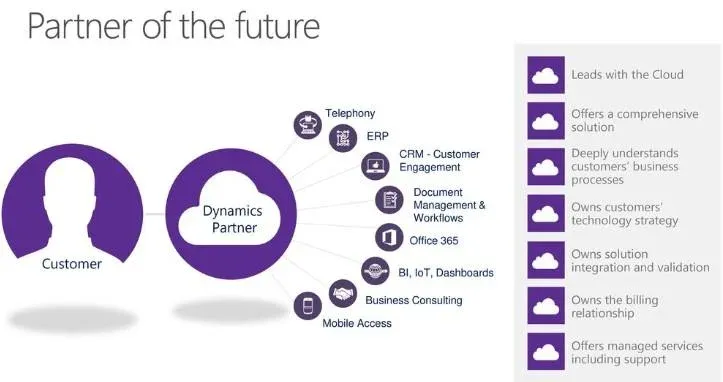
- Microsoft capitalized on cloud computing and AI trends, embedding these capabilities into solutions rather than selling them as isolated products.
- This approach aligns with the broader industry trend towards cloud services, which can lead to more predictable and recurring revenue streams.
Microsoft's market value increased significantly, reflecting the success of this strategy. Additionally, the company has seen hyper growth in its cloud services segment, indicating strong customer adoption.
Here are some lessons for other companies to model Microsoft:
- Understand your customer’s broader business challenges and design offerings accordingly.
- Solution selling demands consultative skills, cross-functional collaboration, and deeper market knowledge.
- Sales, marketing, product, and service teams must align tightly around customer outcomes.
Solution selling vs. product selling: Which one is right for your B2B business?
| Factor | Product selling | Solution selling |
|---|---|---|
| Best fit for | Small to medium-sized businesses and standardized, off-the-shelf products with clear features and benefits. | Enterprises, industries with complex needs (e.g., healthcare, finance), and markets where differentiation is key. |
| Market competition | Low. Competes primarily on price and product features. | High. Differentiation through customized solutions and value-added services. |
| Pricing strategy | Fixed pricing structures based on standard product offerings. | Value-based pricing aligned with the specific value delivered to the client. |
| Sales cycle length | Shorter. Streamlined process focusing on product features and pricing. | Longer. Involves in-depth consultations and multiple stakeholder engagements. |
| Deal size & win rate | Smaller deals with quicker closures; product selling can reduce sales cycle length by nearly one-third for low-complexity deals. | Larger deals with higher win rates; for instance, solution selling can boost average deal size by 14% and win rates by 20%. |
Many businesses benefit from a hybrid strategy, employing solution selling for complex clients and product selling for straightforward transactions.
As next steps, you should:
- Use data enrichment tools to classify opportunities by complexity and deal size; apply product selling to low-touch deals and solution selling to high-value accounts.
2. Equip your team with frameworks (e.g., Challenger, SPIN), selling-objective specific sales collateral, and role-play scenarios to sharpen problem-identification skills.
3. Pilot Supademo on three mid-market and three enterprise opportunities next quarter. Monitor demo environment, engagement, and conversion lift using Supademo’s analytics.
4. Feed Supademo engagement data into your CRM (HubSpot, Salesforce) to trigger tailored follow-up sequences based on viewer behavior.
5. Set KPIs basis of deal size growth, cycle reduction, demo-to-opportunity rate, and review monthly. Refine your approach based on real-time metrics.
Use Supademo to scale selling without bogging down your reps?
Supademo is an AI-powered interactive demo software that tailors content on the fly, tracks leads, monitors performance, engages prospects, and integrates with your CRM (HubSpot/Salesforce).
Sales POCs can spin up personalised walkthroughs in minutes rather than days.

This led to 100+ customers onboarded and saved 12 hours per month on manual onboarding efforts. 🙂

By aligning your AI sales tool to buyer expectations and leveraging AI-driven demos like Supademo, you’ll not only meet but exceed your revenue goals.
Want a hands-on trial? Get started with Supademo for free—no paywalls, just powerful features to help you deliver better demos and close sales with intent.


